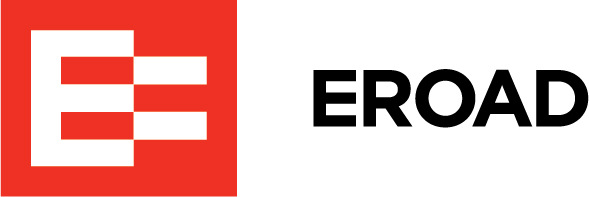Your ELD provider is responsible for certifying that its ELD meets mandated requirements to be on the FMCSA registry – and that it remains on the registry. If the ELD you have implemented is removed from the registry, you may be exposed to risks that can cause disruption to your business. At worst, your fleet – and your business – may come to a grinding halt. You will need to quickly swap out some, or even all, of your ELD equipment and retrain your drivers and users in order to stay compliant and keep operating.
As a technology specialist, your ELD provider has a duty to ensure that its ELD solution is technically compliant and operationally usable, now and into the future. Bottom line is: if your provider fails, you fail.
What is the minimum standard?
ELD providers are required to register with the FMCSA, certifying that their devices meet the requirements and providing information on how their ELD works and how it was tested. That information includes a user manual; an instruction sheet for the driver on data transfer mechanisms, for use at roadside inspections; and instructions on what to do when a malfunction occurs.
The FMCSA also developed optional test procedures, which providers could use to ensure their ELD met the requirements. While providers are not required to use the FMCSA’s test procedures, this is what the FMCSA uses, and relies on the results from, during any investigation of a complaint in determining whether an ELD system is to remain on the ELD registry. So although it is not mandatory, a prudent ELD provider should draw on the FMCSA’s test procedures and/or design its own internal testing framework to ensure its device remains on the registry.
Is this sufficient?
The quality of your provider’s user materials may be an indicator of how well they understand the regulations and operational demands on your drivers. For example, the information should demonstrate how intuitive and easy the ELD is for drivers to use under various operational scenarios. However, this may not sufficiently expose the robust operational capability of the system. You should be asking how frequently malfunctions will occur and how easy it is to tamper with the system.
Your ELD provider may test on its own and claim its ELD is compliant, but it will ultimately be you that runs the risk of non-compliance if the ELD solution malfunctions or is removed from the registry.
Compliance matters; and ensuring that the ELD has been designed and tested to do what’s expected equates to less downtime and reduced risks of penalties and fines.
Your ELD provider may have reached beyond self-certification, and taken the extra step of having the solution verified by a third-party. There are many different types of third-party verification, and independent testers will have their own procedures to test whether an ELD matches FMCSA requirements.
A body conducting the testing and verification against the requirements will undertake its own testing procedures, independent of the ELD provider, to determine whether the solution satisfies FMCSA’s ELD requirements.
What to check for to confirm the true value of independent testing and verification:
- The reputation and credibility of the verification body conducting the verification and its understanding of the US regulatory and policy context
- The testing approach the body will adopt, which tests not only for the technical accuracy of the product but also whether it makes sense from the fleet’s operational user perspectives
- The independence or unbiased position taken by the body to recommend and publish the results of its findings with carriers and the industry.
Setting a new standard for ELD technology
At EROAD, the minimum has never been good enough for us. We know how much compliance matters to our customers, which is why we consistently follow rigorous internal testing procedures and protocols for our tax and compliance solutions. With our ELD, we went the extra mile by partnering with industry experts, PIT Group.
Together, EROAD and PIT Group have provided additional assurance for carriers around the quality of an ELD solution. To supplement EROAD’s internal testing procedures, PIT Group conducted independent testing and verification of EROAD’s ELD.
PIT Group understands fleets. Having worked with fleet managers and manufacturers to provide and select the best technologies that reduce costs and accelerate implementation for the past eight years, they know it’s about more than just meeting technical specifications; what matters most is ease of use and how it can help the business overall.
Through our partnership, we demonstrated the importance of independent testing and verification and the value it serves for you, the motor carrier: ensuring that your ELD satisfies not only the technical specifications, but also the operational demands of your drivers and users.
Bottom line is: our compliance = your compliance

Soona Lee
Director, Regulatory Compliance - North America
Soona Lee is responsible for understanding regulatory context and policies and technical requirements and translating them for development of the company's suite of compliance products.

